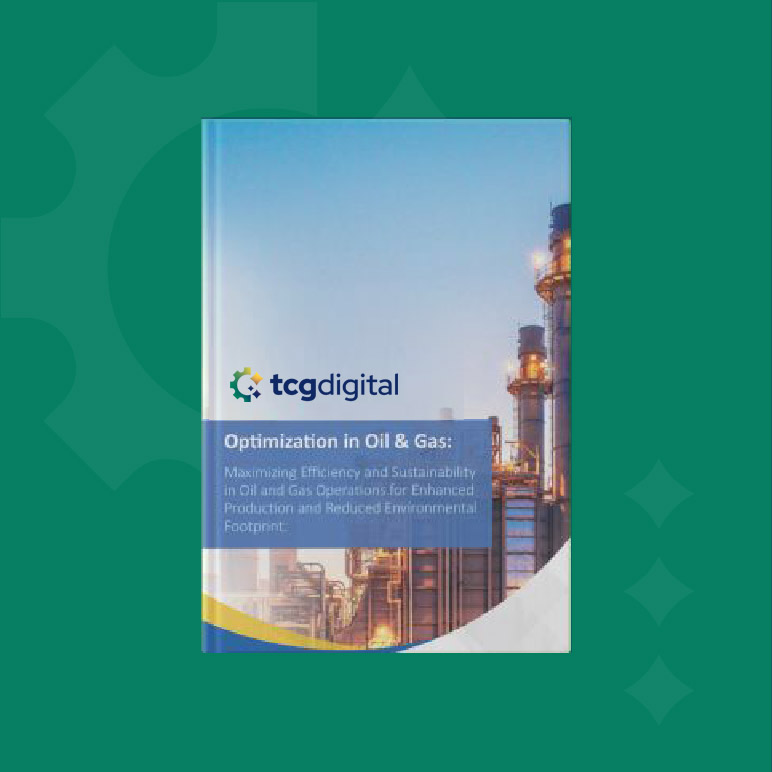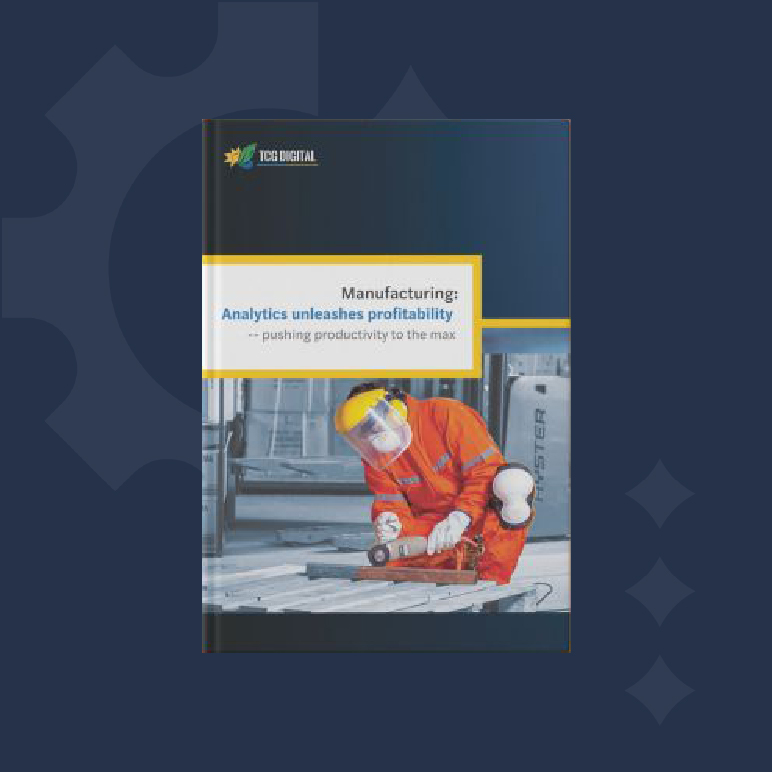From Data to Decision to Autonomy — Agentic by Design
Accelerating RoI with Contextual and Autonomous Intelligence.
Webinar
Optimizing Processes & Reducing OPEX
with AI-Plant Control
Witness how AOPS™ AIPC by Linde, powered by mcube™, is building autonomous, self-optimizing plants with adaptive, real-time intelligence—driving higher reliability, yield, and efficiency.
Nov 18, 2025 | 10:00–10:45 AM CST

Operationalize Intelligence Across the Enterprise
Leverage a semantic foundation and autonomous AI agents to interpret context, make informed decisions, and act – driving fast RoI realization across complex business environments.
Transformative AI Solutions

AI built for Autonomy
Our flagship platform mcube™ combines an ontology driven Lakehouse foundation and Agentic AI to deliver context-aware, self-optimizing intelligence — enabling real-time decisions, automation, and scalable impact across the enterprise.

Ontologies + LLMs — Powering Enterprise-Grade Intelligence
At the core of mcube™ is the fusion of domain-specific ontologies and LLMs, enabling context-aware, business-aligned reasoning. From life sciences to manufacturing, it powers agentic AI with enterprise relevance.

Increased Margins from Operations
25+ years of driving measurable improvements in operational efficiency, driving margin improvements, and enhanced process reliability by embedding AI into core operations—transforming reactive processes into intelligent, self-optimizing systems.
Our Trusted Partners









Industry - Specific AI
Innovate faster with scalable, AI-powered platforms. Transform operations, enhance efficiency, and drive real business impact across industries.
Applied intelligence in action — measurable results across complex environments
Clients trust our expertise to power their digital growth
Have any questions? Don’t hesitate to reach out!
Years of experience delivering cutting-edge enterprise solutions
A Tech Partner of Choice: Delivering Advanced Intelligence Solutions for Enterprise Growth

Read our Insights
mcube™ for BioPharma: Optimizing Operations, Driving Higher Margins
The Pulse of mcube™ November 2025
The Next Control Tower: Agentic AI for Airline Operations
Who we Serve
We partner with enterprises to solve complex business challenges through intelligent systems — enabling sustained value creation, operational agility, and competitive advantage.

Aviation
Transforming aviation operations with cutting-edge digital solutions, rapidly enhancing safety, efficiency, and sustainability.

Refineries & Petrochemicals
Empowering energy companies with data-driven insights, optimizing exploration, production, and distribution for a future-ready oil & gas industry.

Autonomous Plant
View our impact >

Life Sciences
Accelerating breakthroughs in healthcare with digital innovation, improving research, patient care, and operational efficiency in life sciences.

Retail & CPG
Revolutionizing retail and CPG with customer-focused digital strategies, delivering personalized experiences and operational excellence at scale.

Sports Intelligence Hub
AI-powered Sports Intelligence redefining performance, scouting, injury prevention, and fan engagement.
View our impact >

Real results, proven impact
Discover how TCG Digital’s AI-driven solutions are transforming industries with our curated resources. From case studies to whitepapers, explore insights that drive operational efficiency and informed decision-making across sectors. Unlock the full potential of digital transformation with our expert knowledge and cutting-edge innovations.


Optimal Pricing for an International Retailer


Transforming Plant Reliability with Gen-AI


Live Monitoring & Control of Environmental / Electrical Signals
A government body required supervision of sensitive public spaces using IoT sensors to drive crowd-tracking and other public-sector metrics.


Optimal Pricing for an International Retailer
A multi-category retailer wanted to identify the “right” price points for each SKU in a given market to better optimize revenue generation and market adoption.


Live Monitoring & Control of Environmental / Electrical Signals
A government body required supervision of sensitive public spaces using IoT sensors to drive crowd-tracking and other public-sector metrics.


Analytics-Driven Transformation of Insurance Value Chain
For an F10 insurance player, we developed advanced analytics capability and solutions across the entire value chain to form integrated and unified systems.
Hear what our customers say

I am confident on the business value adds that TCG Digital along with their Platform will bring."



